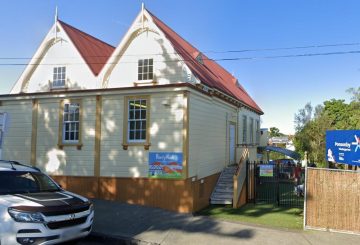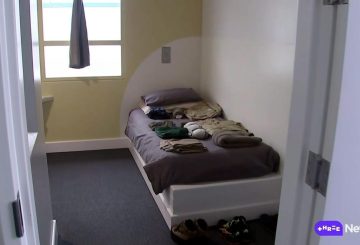Ang mga opisyal ng pulisya sa harap sa Wellington ay madalas na kumukuha ng mga tungkulin na karaniwang hinahawakan ng mga serbisyong pangkalusugan, ayon sa mga alalahanin na itinaas ng Police Association at ng Ministro ng Pulisya. Ang mga alalahanin na ito ay pangunahing pokus sa taunang kumperensya ng Police Association.
Si Chris Cahill, pangulo ng Police Association, ay nabanggit na ang mga opisyal ay lalong nakakahanap ng kanilang sarili na nakikipag-usap sa pinsala sa pamilya at mga isyu sa kalusugan ng isip Ang shift na ito ay gumuhit sa kanila mula sa kanilang pangunahing responsibilidad. Itinampok ni Cahill na ang mga opisyal ng pulisya ay tinawag sa isang eksena ng pinsala sa pamilya tuwing tatlong minuto at hawakan ang halos 200 araw-araw na tawag na may kaugnayan sa kalusugan ng kaisipan.
Naniniwala siya na ang gayong mga gawain ay dapat na pinamamahalaan ng mga kagawaran tulad ng Te Whatu Ora, hustisya at Oranga Tamariki, na nagtataglay ng kinakailangang kadalubhasaan. Ang pagkakaroon ng mga opisyal na asul, ayon kay Cahill, kung minsan ay maaaring maging mas nakakahadlang kaysa sa kapaki-pakinabang. Ang pagtaas ng mga hinihingi ay naging mahirap para sa pulisya na isakatuparan ang kanilang pangunahing tungkulin, na humahantong sa pagtaas ng hindi kasiyahan sa publiko.
Sumang-ayon ang Ministro ng Pulisya na si Ginny Andersen, na nagsasabi na hindi angkop para sa mga opisyal na inaasahan na dumalo sa mga callout sa kalusugan ng kaisipan. Binigyang diin niya ang pangangailangan na magpatuloy sa pamumuhunan sa mga propesyonal sa kalusugan ng kaisipan upang mabawasan ang pilay sa puwersa ng pulisya. Nabanggit din ni Andersen ang makabuluhang pagtaas ng mga tawag sa kalusugan ng kaisipan sa huling dekada at nabanggit na ang pandaigdigang pandemya ay nagdulot ng kakulangan ng 2.2 milyong mga manggagawa sa kalusugan sa buong mundo.
Mark Mitchell, tagapagsalita ng pulisya ng National Party, nagkomento na ang isang kolektibong diskarte, na kinasasangkutan ng komunidad, iwi, lokal at gitnang pamahalaan, ay kinakailangan upang matugunan ang mga hamon na ito. Nagpahayag din siya ng pag-aalala na hindi sapat na mga bagong rekrut ng pulisya ang inilalagay sa mga tungkulin sa harap na linya.
Panghuli, binigyang diin ni Cahill ang kahalagahan ng pagtugon sa kabutihan ng kaisipan ng mga opisyal ng pulisya, na nagmumungkahi ng mga regular na sikolohikal na




























































